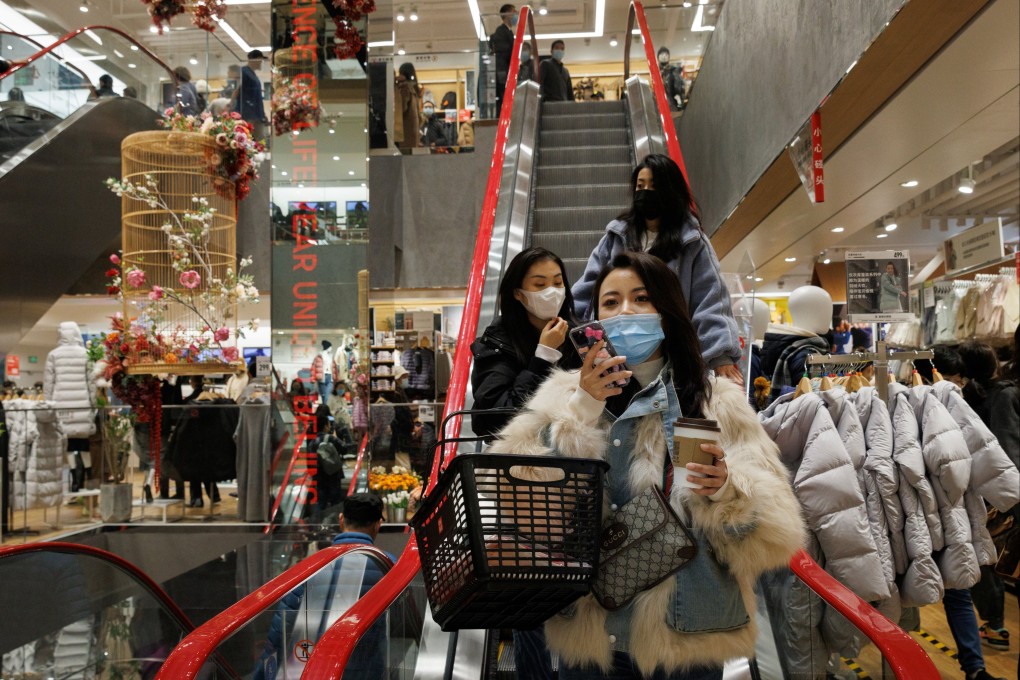Advertisement
Show us the numbers on China’s economic risks, former finance minister says
- Lou Jiwei says statistics should reflect the negatives and positives of the challenges the country faces
- Rosy statistical picture presented in the data a contrast to the leadership’s tone last week, he says
Reading Time:2 minutes
Why you can trust SCMP
62

China’s economic data should reflect more of the country’s major problems rather than just presenting a rosy picture, according to outspoken former finance minister Lou Jiwei.
At a forum held by the China Centre for International Economic Exchanges in Beijing on Saturday, Lou said China’s main indicators failed to fully show the economic problems the country was facing, including the challenges and risks raised by the leadership in an annual tone-setting meeting last week.
“There is not enough data showing the negative side,” he said.
Advertisement
“Compare it with the United States, where they have both positive and negative data.”
Why do we have the judgment of threefold pressure? Where is the data to support it? The numbers are all pretty good
Lou’s comments came a day after China’s top decision-makers and provincial heads ended a three-day meeting to set the economic priorities for the next year.
Advertisement
Advertisement
Select Voice
Choose your listening speed
Get through articles 2x faster
1.25x
250 WPM
Slow
Average
Fast
1.25x